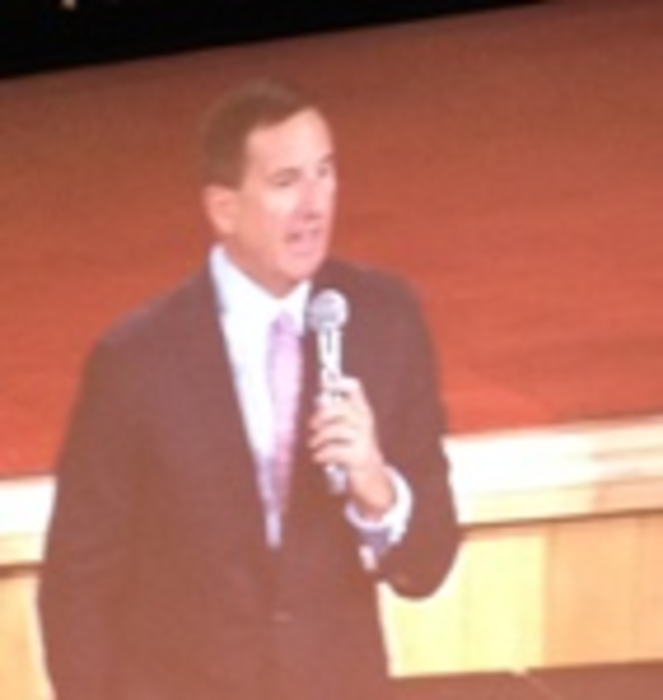People were packed into one of the Waldorf-Astoria’s grand old ballrooms in midtown Manhattan this morning to hear Oracle’s co-CEO Mark Hurd open a one day CloudWorld event by doubling down on the predictions I reported from OpenWorld last November (only a few, uniquely differentiating apps, which can’t be commercially reproduced, won’t be headed for the cloud over the next few years: everything else, done deal).
But what really caught my attention was a perspective offered by Oracle’s EVP for Applications Development, Steven Miranda. Although we’ve covered Oracle’s marketing cloud offering in some depth, and contrasted it with competitors in the space, I think this is perhaps the first time I’ve understood to what extent Oracle sees marketing as just one element of the customer experience (“CX” as they like to call it).
Miranda’s message, both to cloud-first customers in the audience as well as to those still wedded to some on-premise solutions, was that while Oracle’s entire app portfolio is fully available in the cloud (as we heard from Larry Ellison at OpenWorld), nobody needs to consume the whole suite. The apps can be consumed piecemeal, and are designed to integrate with many other third party apps–even third-party cloud-based apps (Salesforce).
But as he outlined Oracle’s “modern CX cloud,” the case for a broad cloud strategy seemed compelling. The marketing cloud is only one part of the CX suite, which also includes the Sales Cloud, Data Cloud, CPQ Cloud, Service Cloud, as well as an app marketplace, all under-pinned by social media capabilities. (For comparison, Miranda also described an HR suite, incorporating global HR, talent management, workforce management and workforce rewards).
“The way we are all marketed to,” he said, “has changed dramatically in the last couple of years.” Building on Hurd’s observation that 68 percent of millenials demand seamless, integrated online experiences regardless of channels, Miranda emphasized that customer expectations–from marketing through commerce to after sales service–are becoming ever more interconnected.
His air travel example was simple but convincing. From researching and booking flights, through the targeted marketing which follows, to social media-based (Twitter) service in response to a flight delay, those elements of CX which have traditionally been siloed are now a single, holistic experience for the connected customer. Through a combination of first-party data (e.g. airline loyalty cards) and data “in the world,” marketing can target not a demographic but an individual (anonymized) traveler with relevant content. In the case of service issues, no more waiting for your call to be picked up: you tweet the problem, and airlines are finding that immediate responsiveness on social media builds customer loyalty.
What’s more, data captured through all these transactions create new marketing engagement opportunities. “That’s a modern customer experience,” Miranda said.
It’s long been clear to me that customers themselves are breaking down the walls which once separated marketing from sales. It’s a losing proposition to discuss a single view of the customer which doesn’t incorporate CRM and even social data. Include after-sales service (and, of course, CPQ running in the background), and it starts to look like we should be talking all the time, not simply about marketing technology, but about customer experience technology.
As Hurd said, as if all the other challenges of the modern business environment weren’t enough, “people…” (customer) “start changing on you.”







